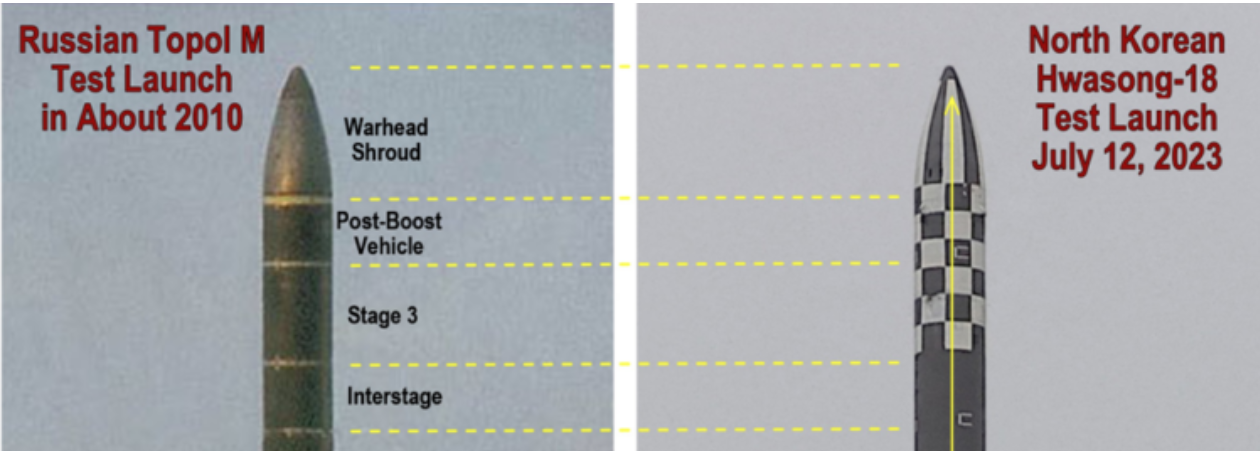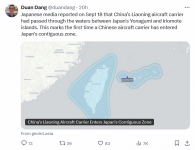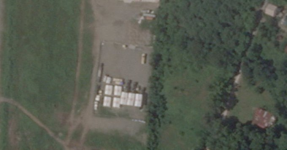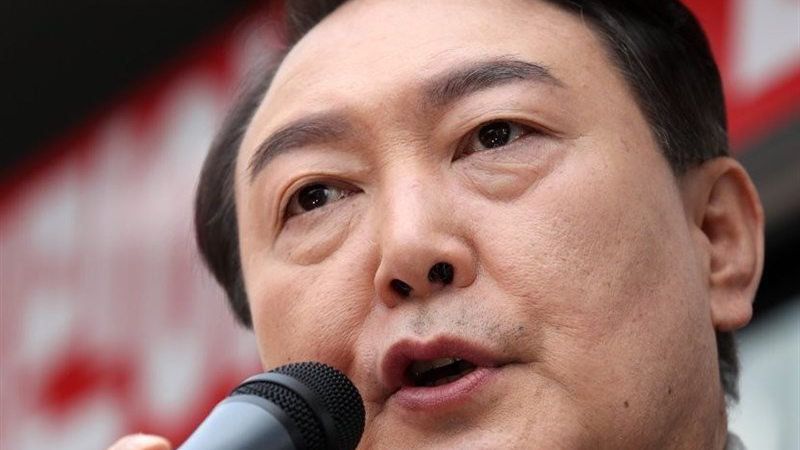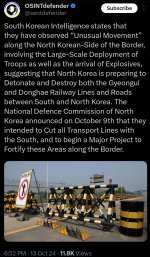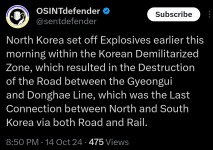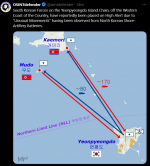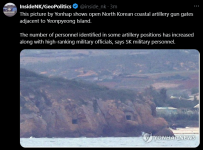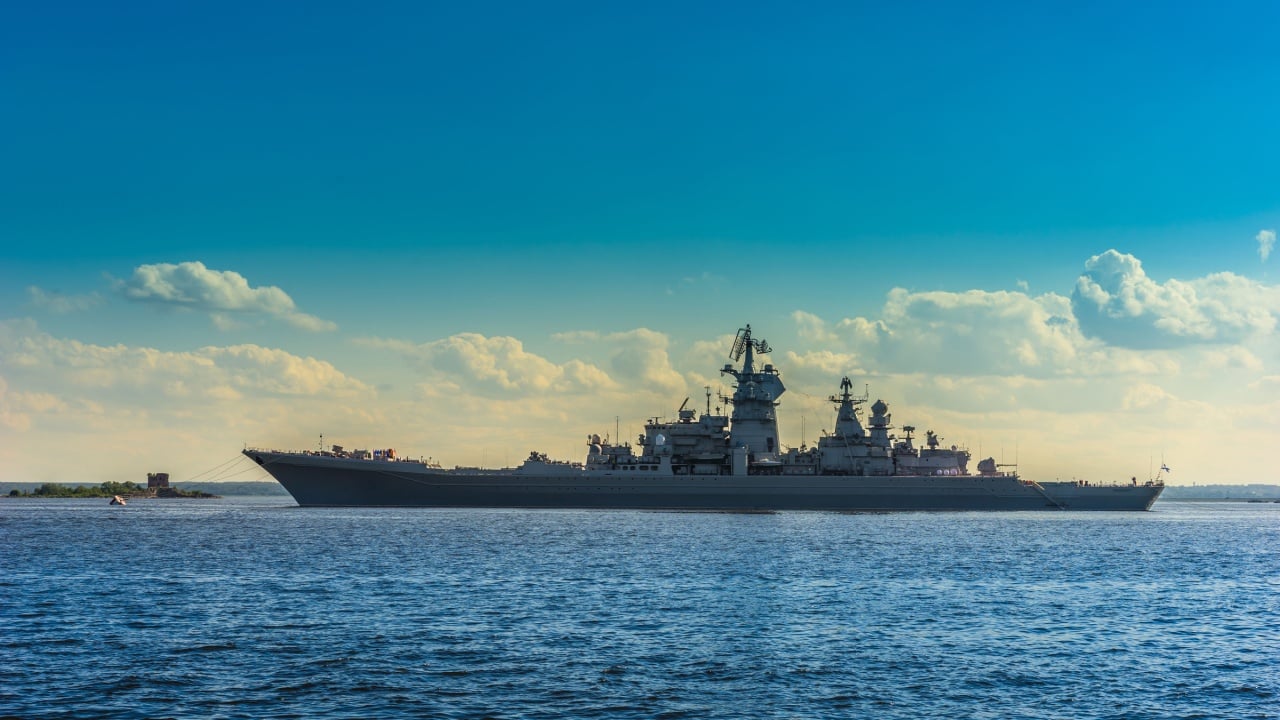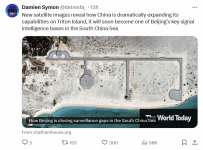China-Philippines retreat, for now, from Sabina Shoal row
Richard Javad Heydarian
MANILA – The Philippines and China have effectively ended a recent standoff over the Sabina Shoal in the South China Sea, marking at least a temporary de-escalation in maritime tensions many fear could tilt toward armed conflict.
The National Maritime Council, the newly established interagency task force overseeing the Philippines’ South China Sea policy, announced on September 15 that the Philippine Coast Guard flagship BRP Teresa Magbanua was leaving the shoal area after a grueling five-month-long mission.
Shortly after, China reportedly also withdrew its armada of coast guard and militia forces from the contested land feature’s area in the Spratly group of islands.
According to Philippine officials, China had parked more than 200 vessels – a combined force composed of Chinese Coast Guard (CCC) and Chinese maritime militia (CMM) – in the Spratlys, with as many as 71 deployed close to the Sabina Shoal.
Critics of the Philippine government were quick to characterize the vessel’s withdrawal as a de facto “surrender” while opining how China had supposedly “outsmarted” the Ferdinand Marcos Jr. administration through its pressure tactics.
The Philippine government has insisted that the move was not part of any deal with China, even as it took place shortly after the latest Bilateral Consultation Mechanism (BCM) meeting between top Philippine and Chinese diplomats in Beijing.
Top Philippine officials have underscored their commitment to a continued and expanded presence in the Sabina Shoal area, including through the regular deployment of naval assets and patrol warships.
NMC chairperson Lucas Bersamin said the BRP Teresa Magbanua completed its mission “against overwhelming odds” faced with “an encirclement of China’s larger flotilla of intruders.” He said the ship would resume its mission as “defenders of our sovereignty” in the area after being resupplied, repaired and its crew recharged.
The Sabina Shoal (“Escoda” to Filipinos and “Xianbin Jiao” to Chinese) is situated just 75 nautical miles (140 kilometers) from Philippine shores, well its Exclusive Economic Zone (EEZ) extending from the island of Palawan.
While the Philippines claims the low-tide elevation as part of its continental shelf, China views the contested feature as part of its wide-reaching of nearly the entire South China Sea and its features as defined in its nine-dash line map.
A Manila-initiated arbitral case in 2016, heard at The Hague under the aegis of the United Nations Convention on the Law of the Sea (UNCLOS), dismissed China’s expansive claims as inconsistent with international law. Beijing boycotted the arbitration proceedings and ignored the final ruling, which lacked an enforcement mechanism.
The latest round of tensions was caused by both sides fearing the worst about each other’s intentions. For Manila, it urgently deployed its most precious coast guard vessel to Sabina Shoal amid fears that China may have been quietly engaging in island-building activities in the contested area.
The Philippines was earlier up in arms when reports emerged of China’s potential reclamation of another low-tide elevation, known as Sandy Cay, situated in the vicinity of the Philippine-occupied Thitu Island in the Spratlys. The Philippine Navy deployed a warship to the area to warn China against any drastic moves.
For its part, China’s People’s Liberation Army (PLA) recently conducted exercises near the Sabina Shoal. The PCG’s deployment of its flagship vessel seemingly spooked Beijing, which feared that the Philippines was about to replicate its success in fortifying the contested Second Thomas Shoal.
Since the late 1990s, the Philippines has maintained a de facto military base over the strategically located feature (also claimed by China) by grounding the BRP Sierra Madre warship there.
Despite constant harassment by Chinese forces, including multiple collisions and even injuries inflicted on Philippine troops, the Southeast Asian nation managed to successfully fortify the dilapidated base through successive transfers of construction materials.
To prevent a similar scenario in Sabina Shoal, China stepped up its presence and intimidation tactics in the area, even as the Philippines has repeatedly denied it plans to establish a “forward base” there.
Beijing remains unconvinced and quickly reminded its Southeast Asian rival of its preponderance of force after deploying CCG 5901, the world’s largest coast guard ship known as “The Monster,” to shadow and intimidate the BRP Teresa Magbanua.
Last month, Chinese vessels blocked Philippine resupply missions, thus forcing the latter to airdrop basic needs for its troops in the area via helicopter.
Tensions peaked when Chinese vessels engaged in dangerous maneuvers against two PCG Multi-Role Response Vessels (MRRVs) – BRP Cape Engaño and BRP Bagacay – during a routine resupply mission to nearby islands in the Spratlys.
The collisions damaged the PCG vessels but the CCG maintained that it was rightfully responding to provocation by Filipino counterparts who “illegally entered” the area without permission and “deliberately” collided with its ships.
Soon after, Chinese forces went so far as reportedly ramming into the BRPTeresa Magbanua,raising fears of a direct armed confrontation.
Recognizing the gravity of the situation, the US offered direct assistance to their Filipino mutual defense treaty allies, including potential joint patrols and resupply missions in the disputed areas.
But top Filipino officials have indicated that they would rather rely on their own resources, although some have openly called for a multilateral anti-China alliance as well as a revamp of the Philippine-US Mutual Defense Treaty to lower the threshold for American military intervention.
“We did not withdraw and this was not the agreement during the last BCM. People might think we gave in, but in fact, we didn’t,” Admiral Alexander Lopez, the chief spokesman of the Marcos administration on the South China Sea, said during a recent press conference.
“We stood our ground during the meeting in Beijing and our Department of Foreign Affairs stated that our presence will be maintained at the shoal, so it’s not a withdrawal,” he added.
“The president’s directive is to maintain our presence in Escoda Shoal,” he added during the recent press conference at the Malacañang Palace. “When we say presence, strategic presence, not just physical presence… I just want to make clear that our presence is not limited to sending a single ship,” the admiral added.
“Even if Teresa Magbanua left, it did not diminish our presence in the area because we have other ways to monitor,” the Philippine admiral insisted, citing the Philippines’ deployment of patrol aircraft and surveillance capabilities to monitor developments in the contested area.
He also clarified that the PCG has already deployed a new vessel to replace the returning flagship in order to assert a Philippine strategic presence in the area. “As far as the Philippine Coast Guard is concerned, we have not lost anything,” commodore Jay Tarriela of the PCG said in his own press conference this week.
“[Sabina] Shoal, no matter how many instances we intend to go there, we will be able to patrol and deploy our vessel,” he added.
Top Philippine officials’ vehement denials followed accusations by domestic critics and hardliners, who have seized on the incident to accuse the Marcos Jr administration of caving into China.
But for top Filipino strategists such as former Vice Admiral Rommel June Ong, the Philippines has yet to exhaust its full range of capabilities.
“We talk as if we have exhausted all elements in our tool kit,” he told the author recently, emphasizing that the Philippines has the option to deploy naval vessels and larger resupply ships, conduct joint patrols with allies, and, if push comes to shove, even seek direct American assistance if the situation reaches a dangerous level.
“The Sabina Shoal standoff is not an isolated challenge. We are confronting [a more comprehensive] direct challenge across the whole South China Sea… [but] we [also] have a full range of options to respond,” he added, likening the sea showdown with China as more marathon than sprint.
Follow Richard Javad Heydarian on X at @Richeydarian
MANILA - The Philippines and China have effectively ended a recent standoff over the Sabina Shoal in the South China Sea, marking at least a temporary

asiatimes.com

